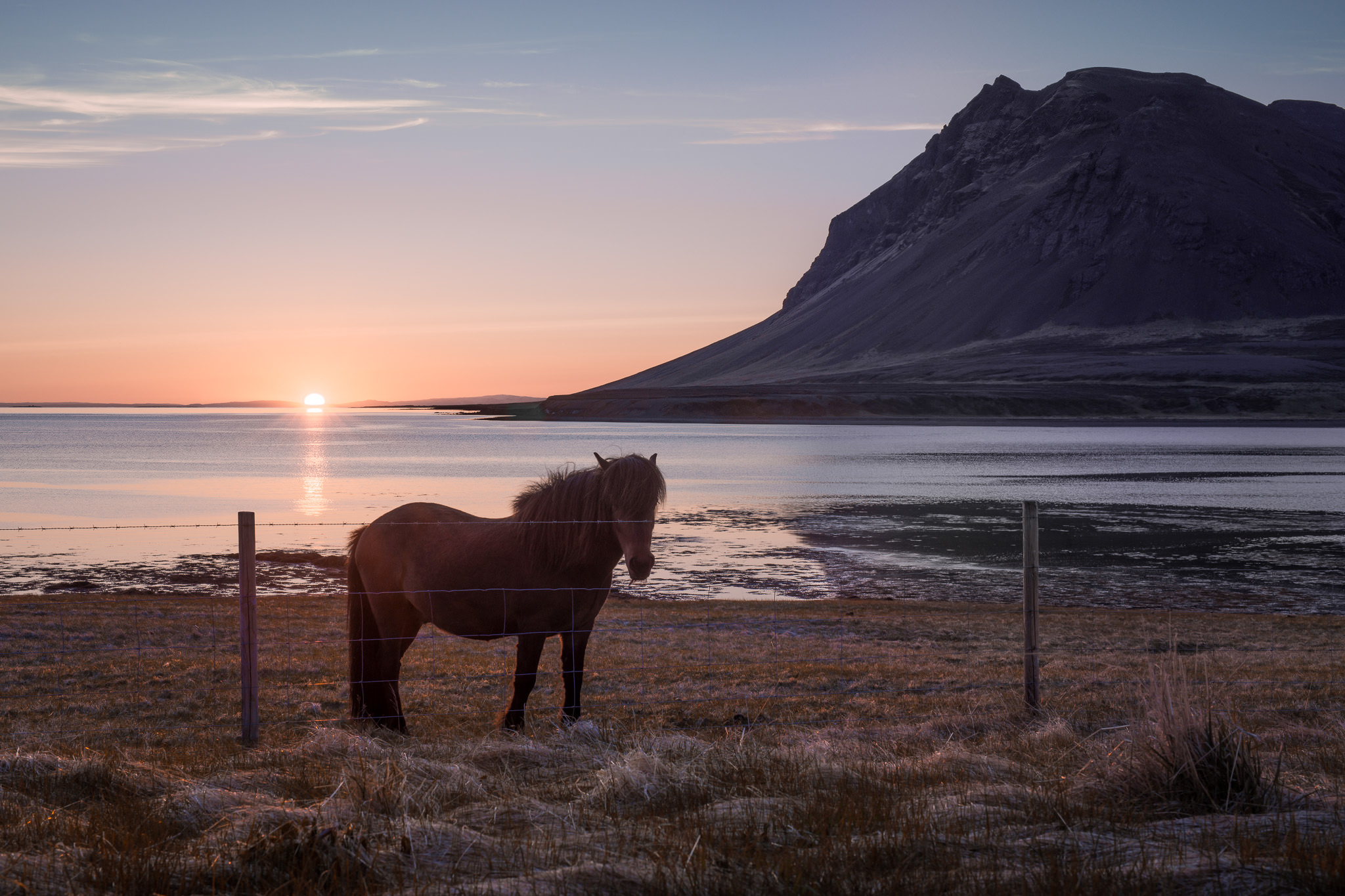This Claff Photographic Dynamic range Improvement chart shows more clearly the dual gain switch points for the D850 and Z9. The D5 is not dual gain but becomes more or less ISO invariant at ISO 2546. The Z9 dual gain sensor is nearly perfectly ISO invariant from ISO 63 to 400, and again from 400 to max. The D850 is pretty much ISO invariant from ISO 400 and beyond but shows a staggard pattern from base to ISO 400.
If you are using manual exposure with the Z9 you can meter for an ISO 400 ETTR exposure, use this f/stop and shutter speed, and then set the camera ISO to 64 and brighten in post. In both cases the esposure in lux/seconds is the same. This gives 3 extra stops of highlight headroom. The same strategy applies for ISOs above 400, but it is not advisable to brighten more than 3 stops in post. See Jim Kasson for details on how to do this with the D850. For the Z9, the strategy is simpler since the Z9 is ISO invariant between ISO 64 and 400 and Jim's intermediate steps for ISOs between 64 and 400 are not necessary.
Bill
What strategy would you use for the R5, if you wouldn't mind? Links below:



